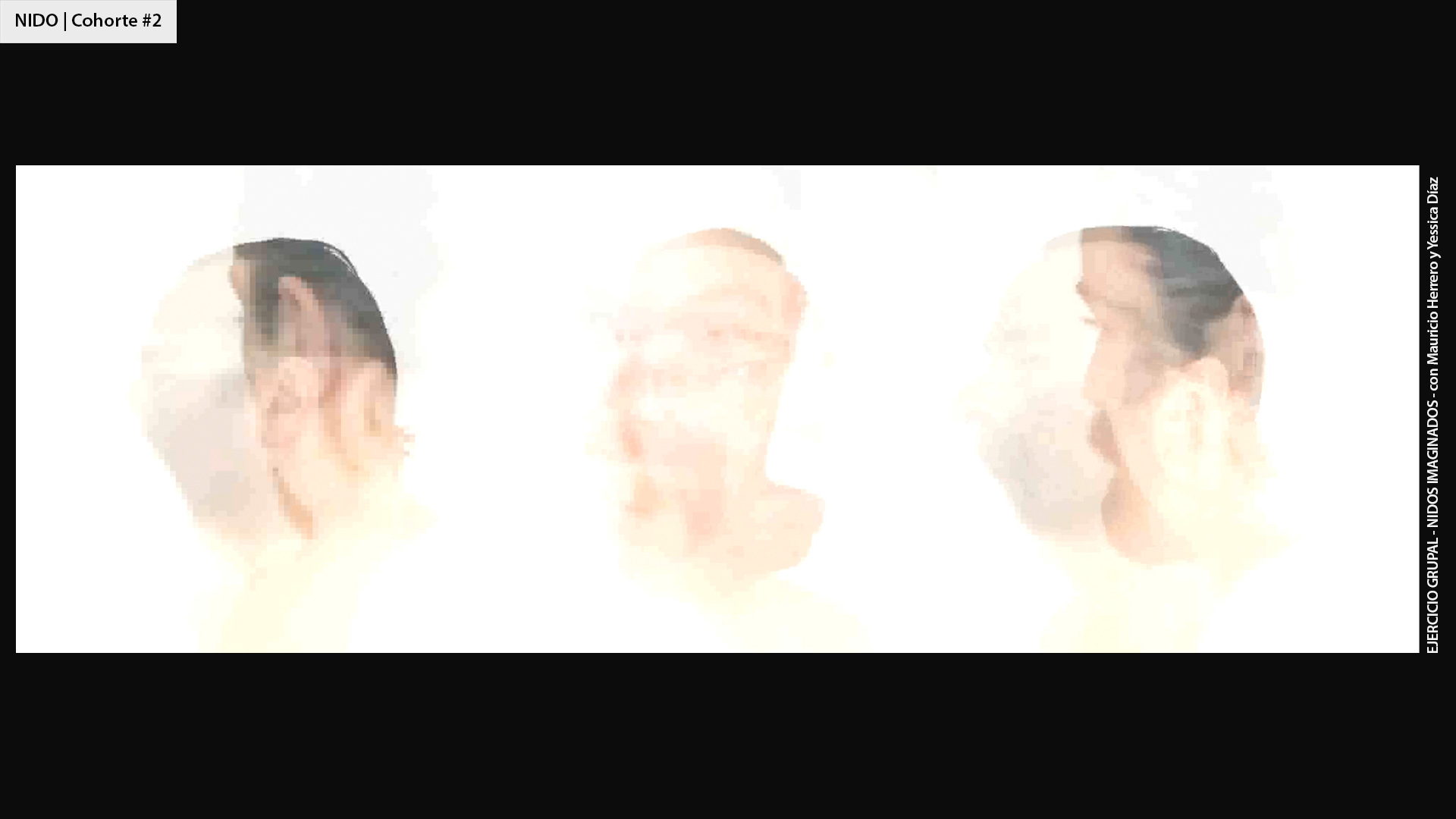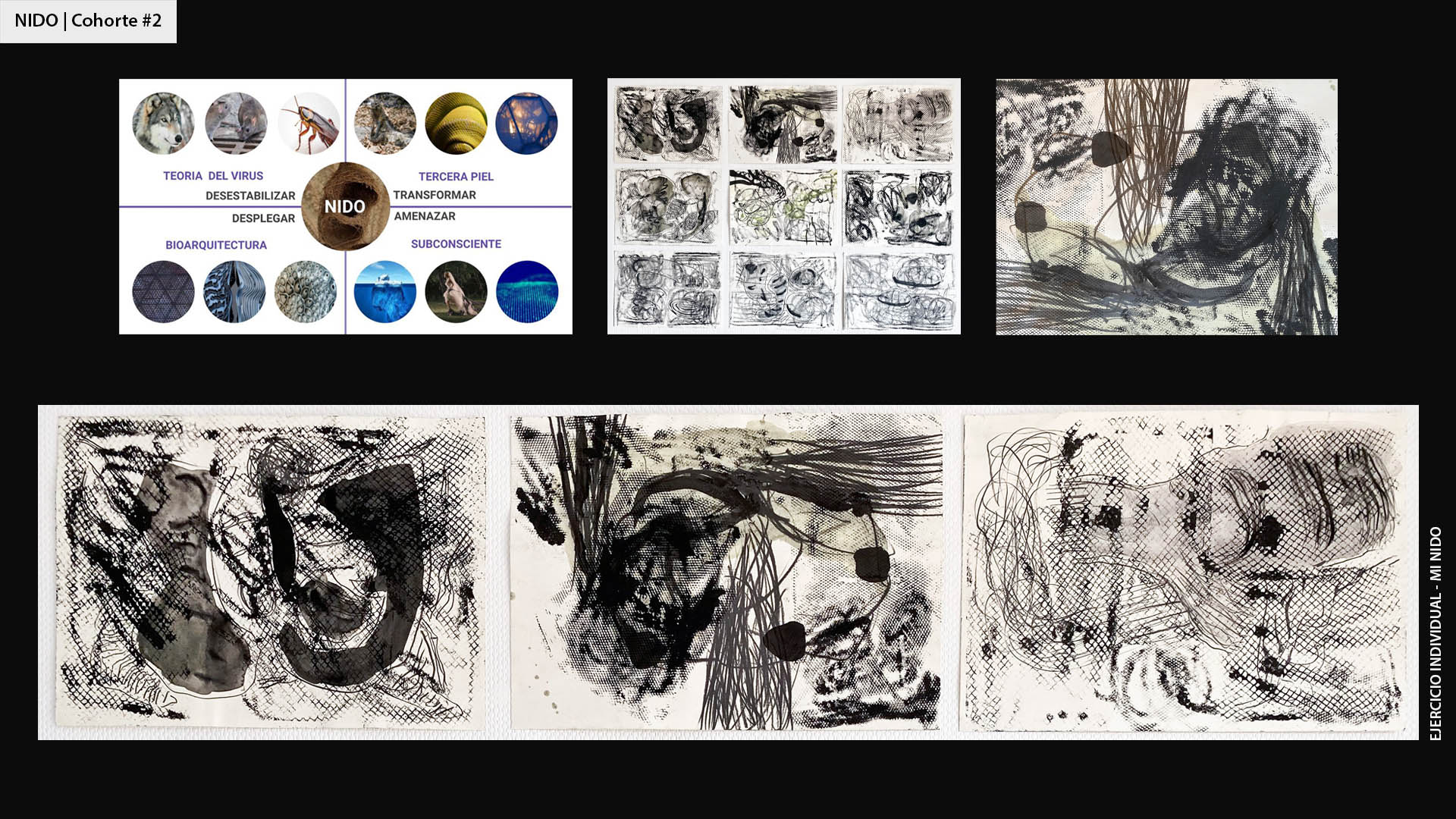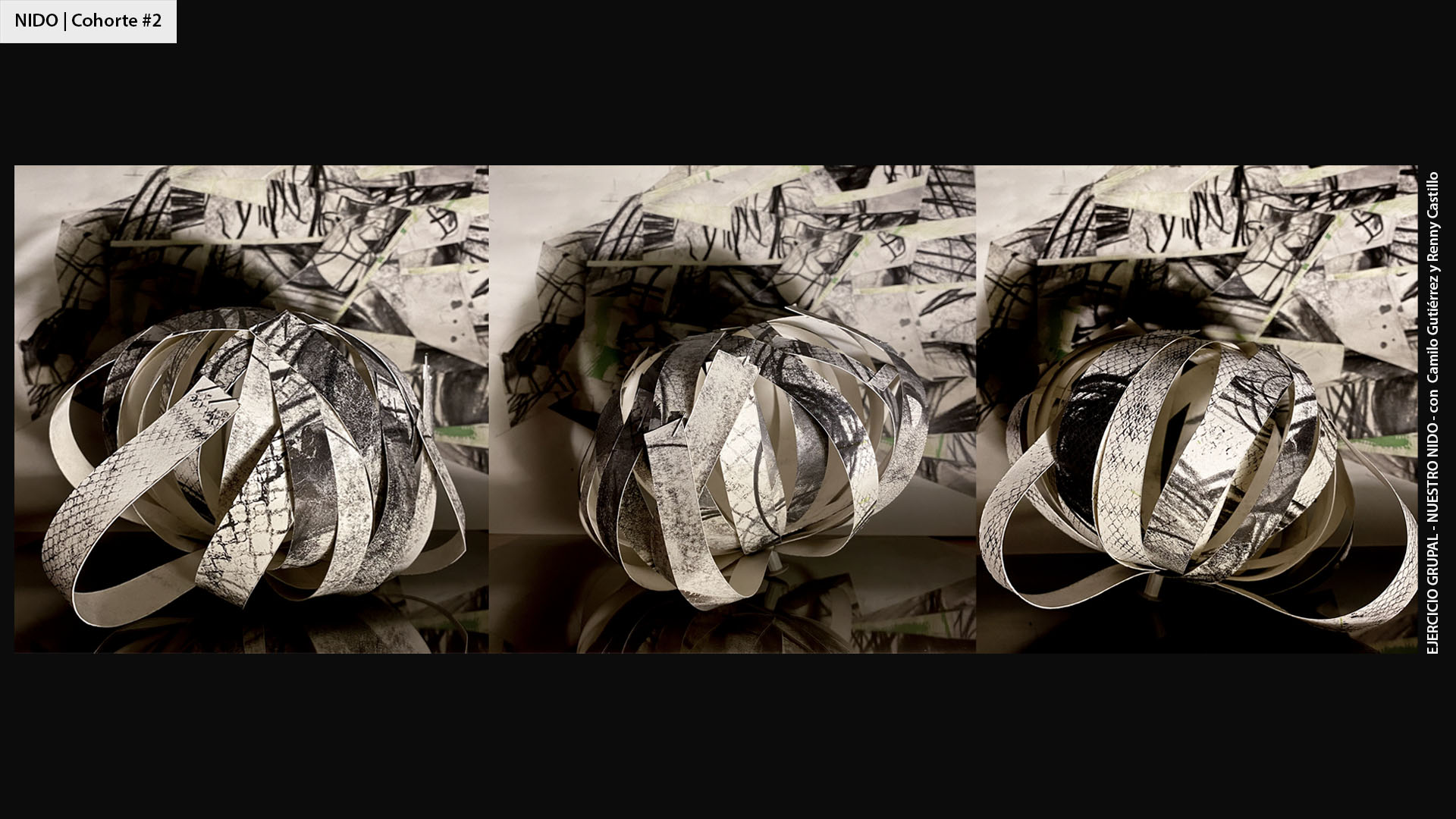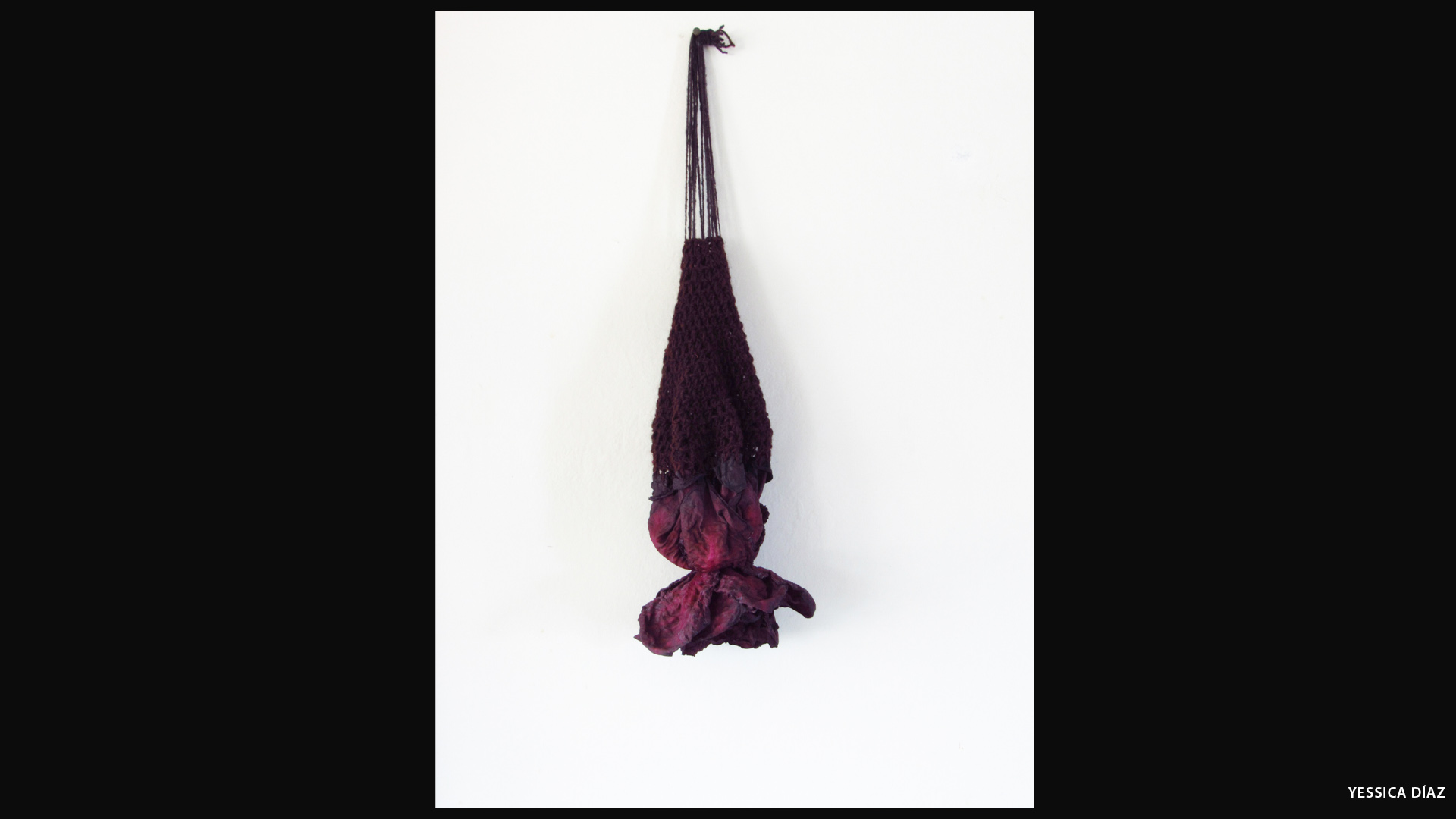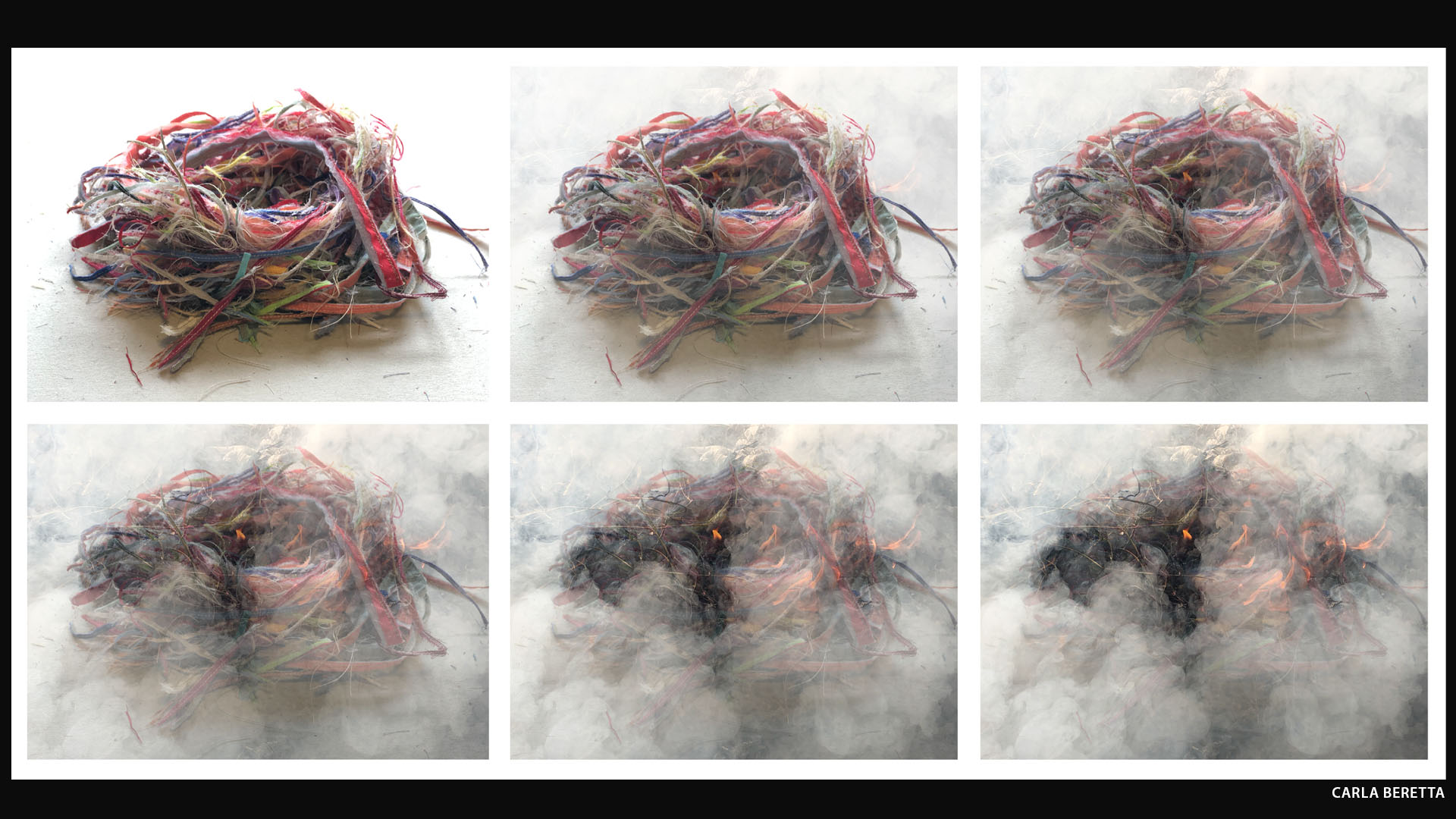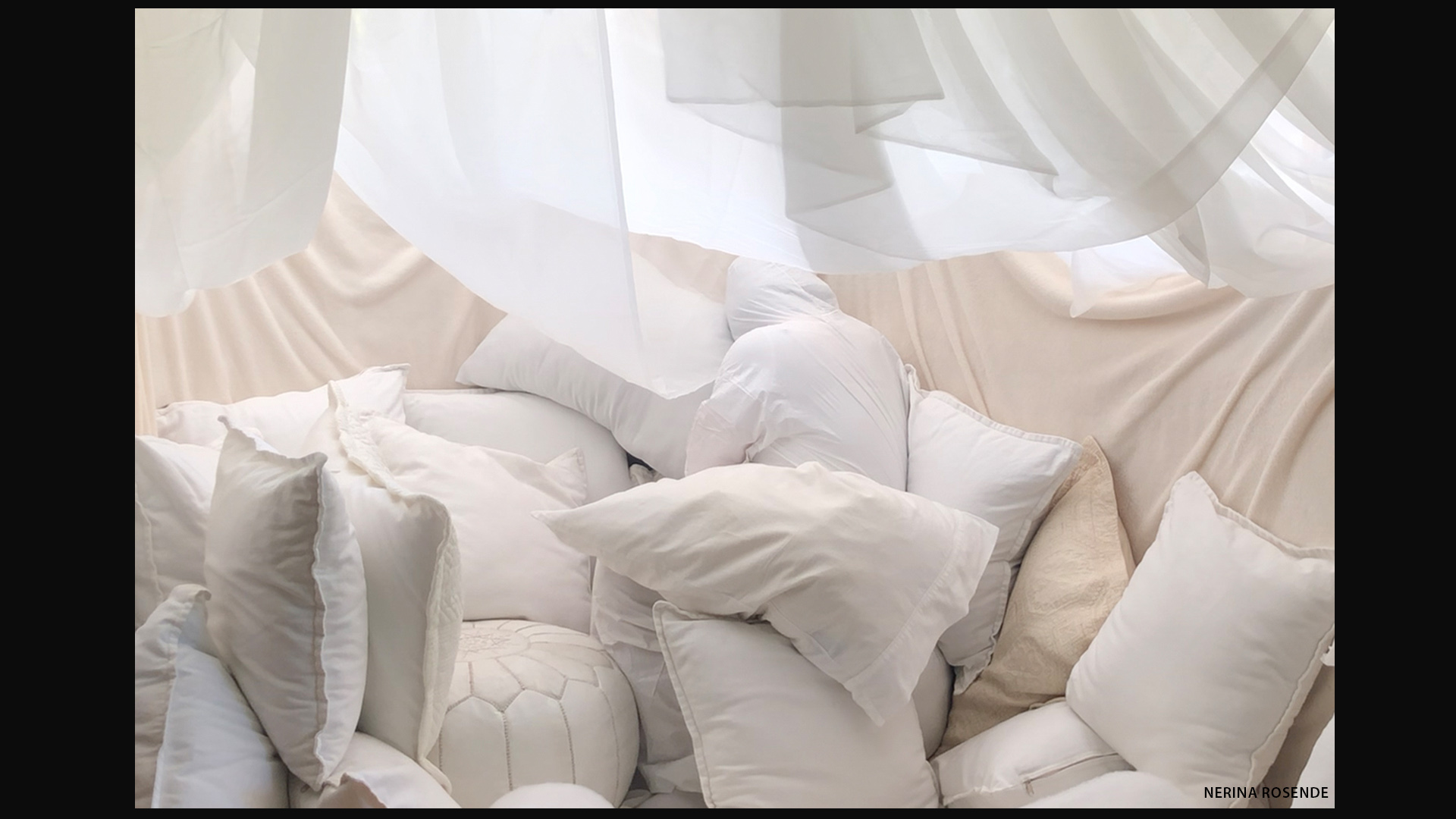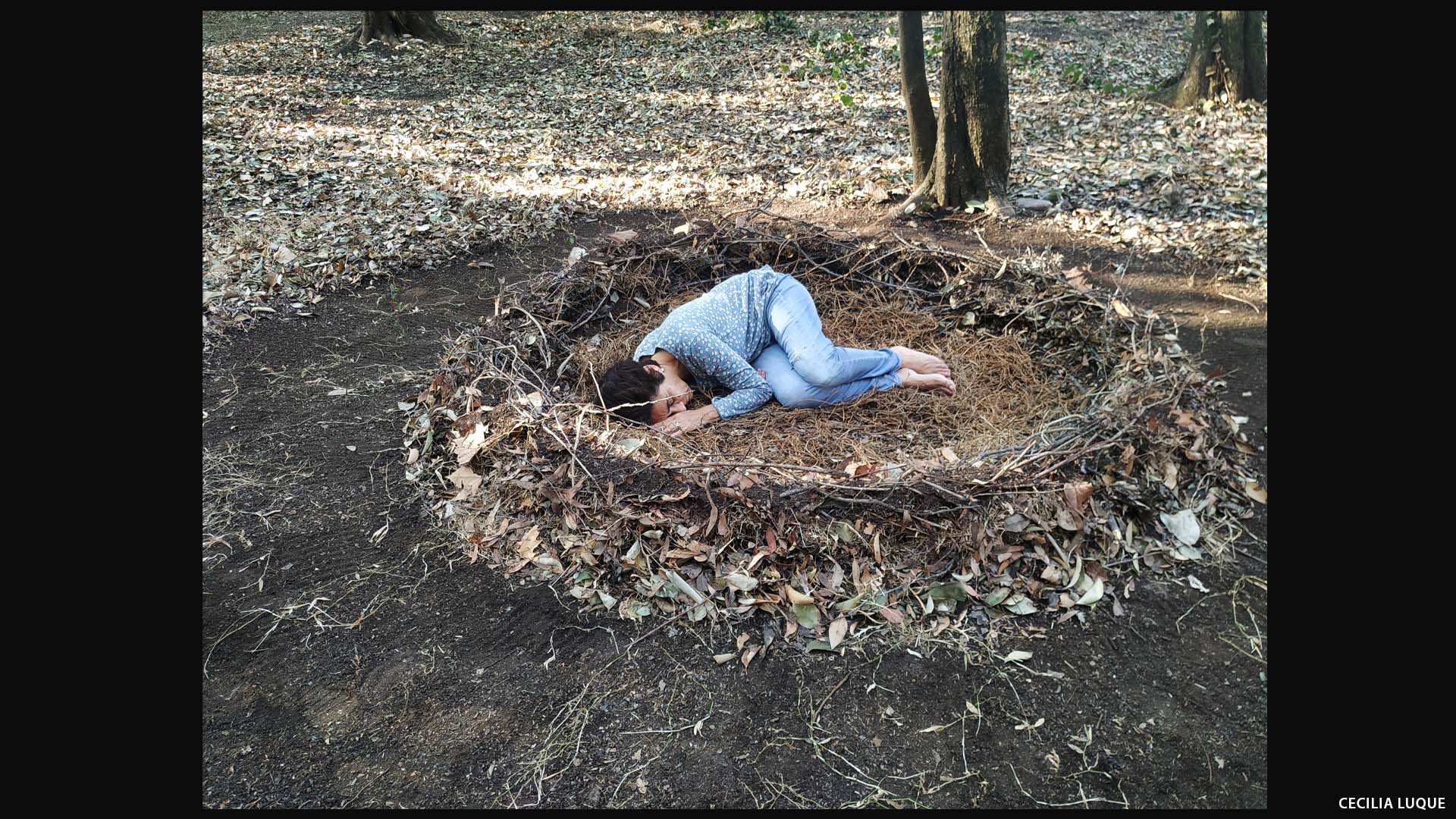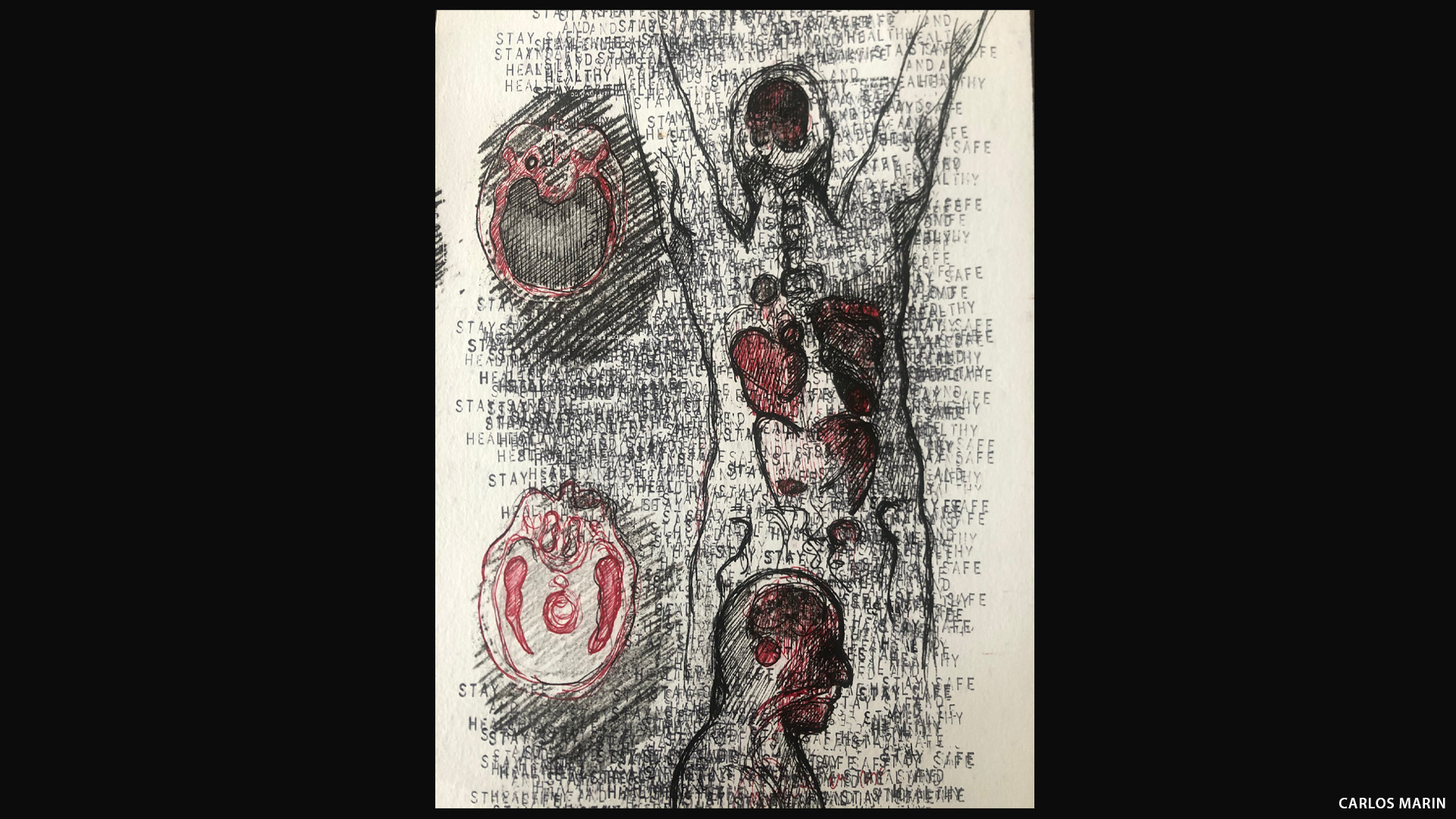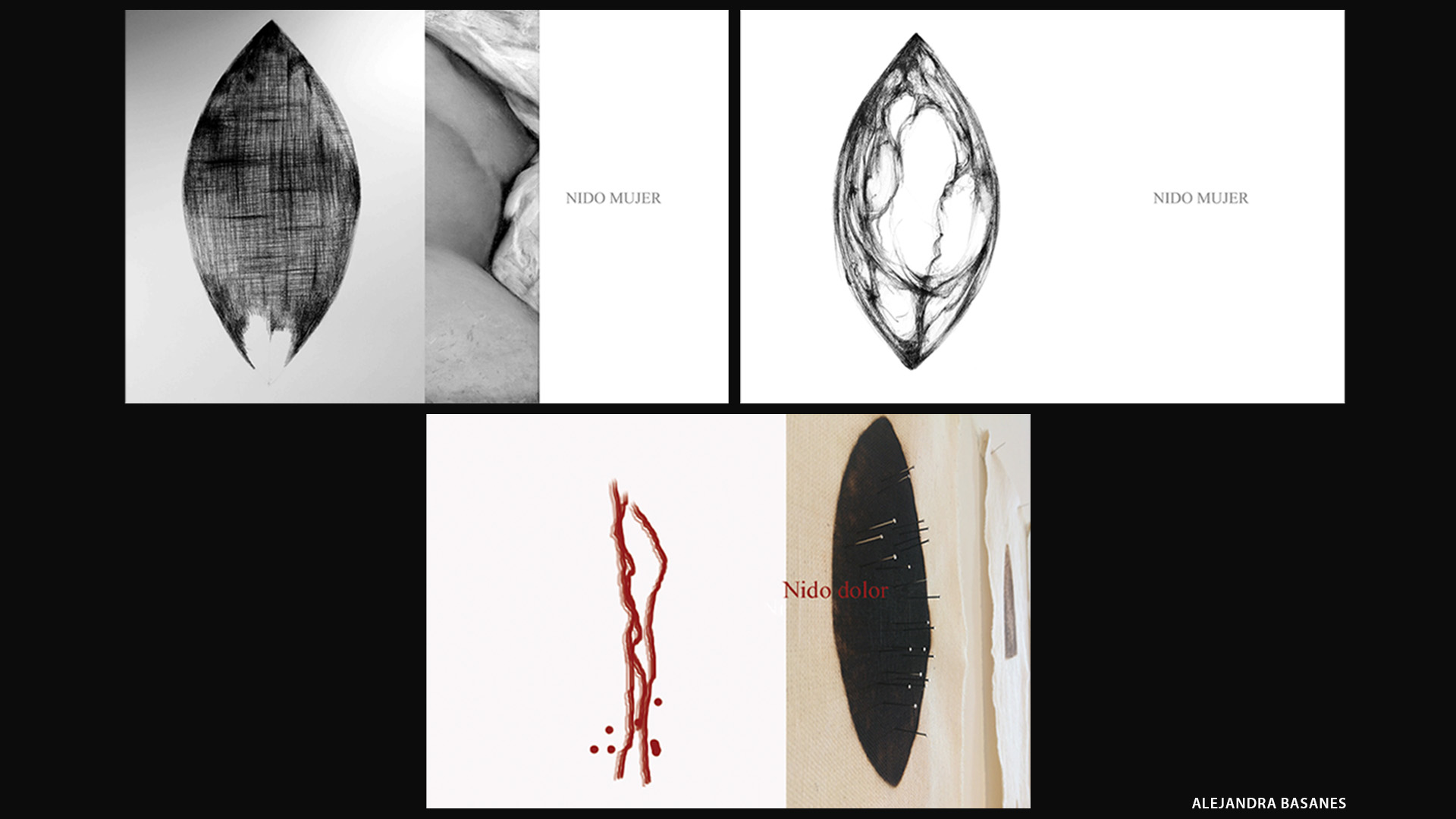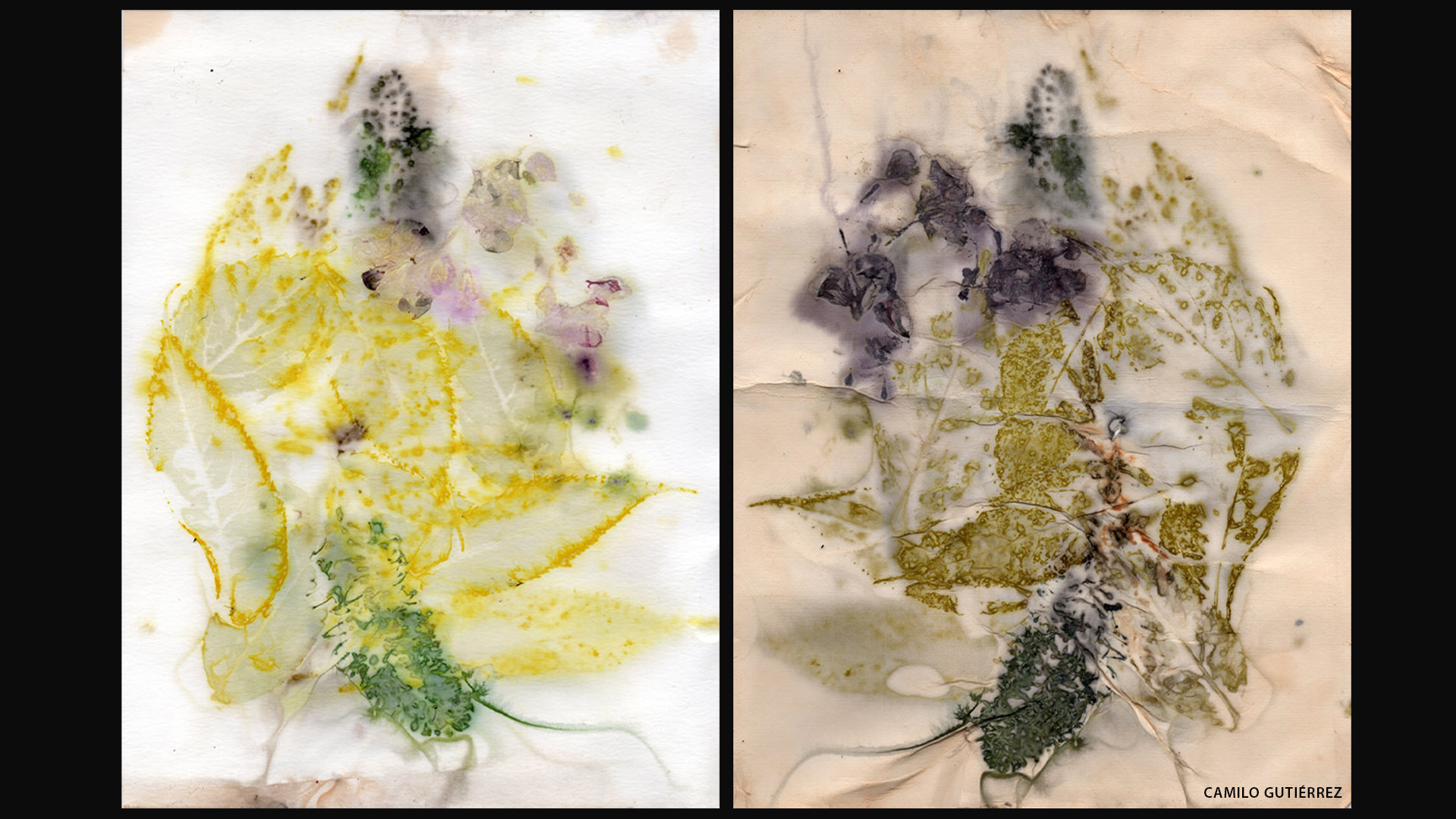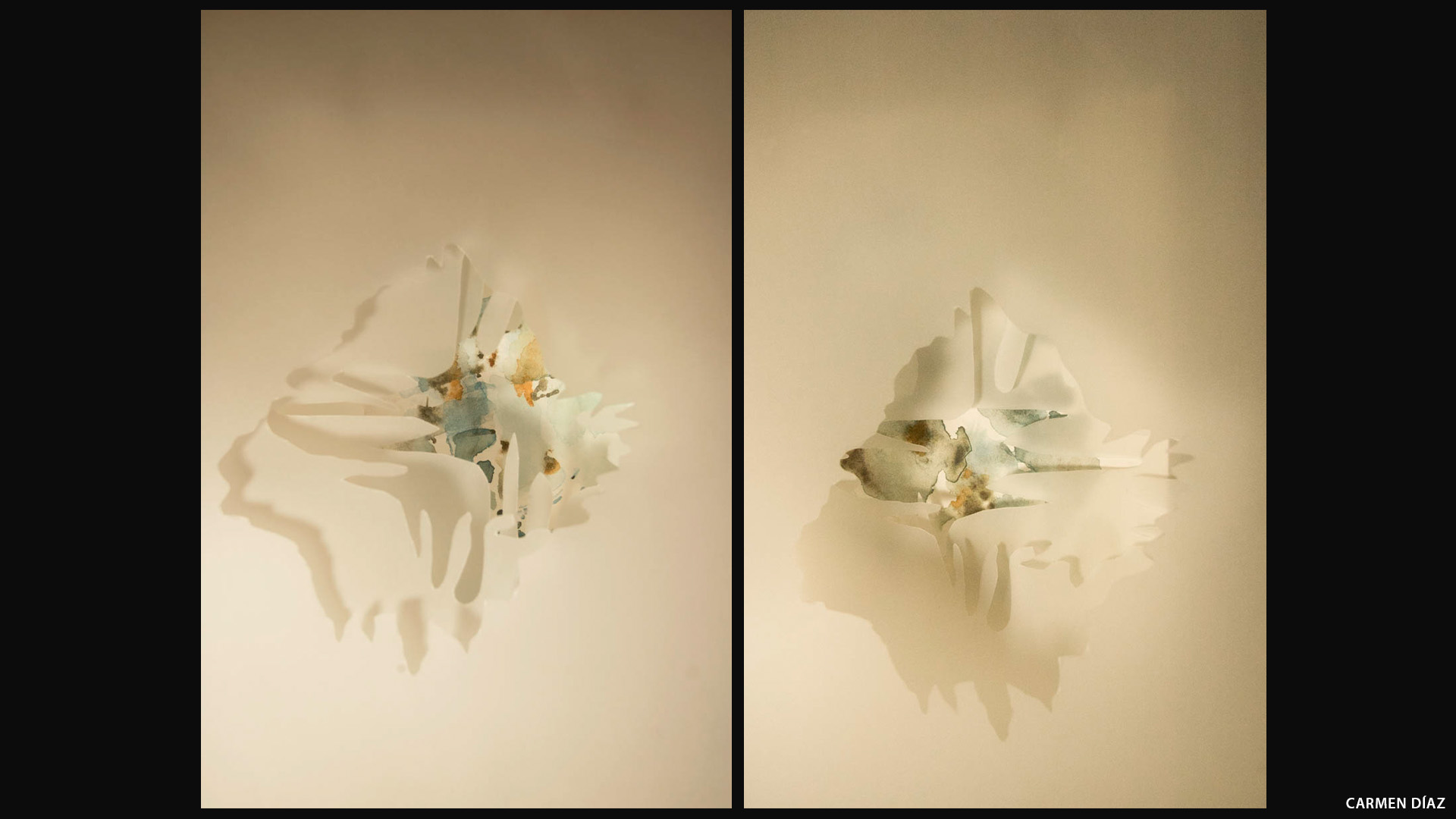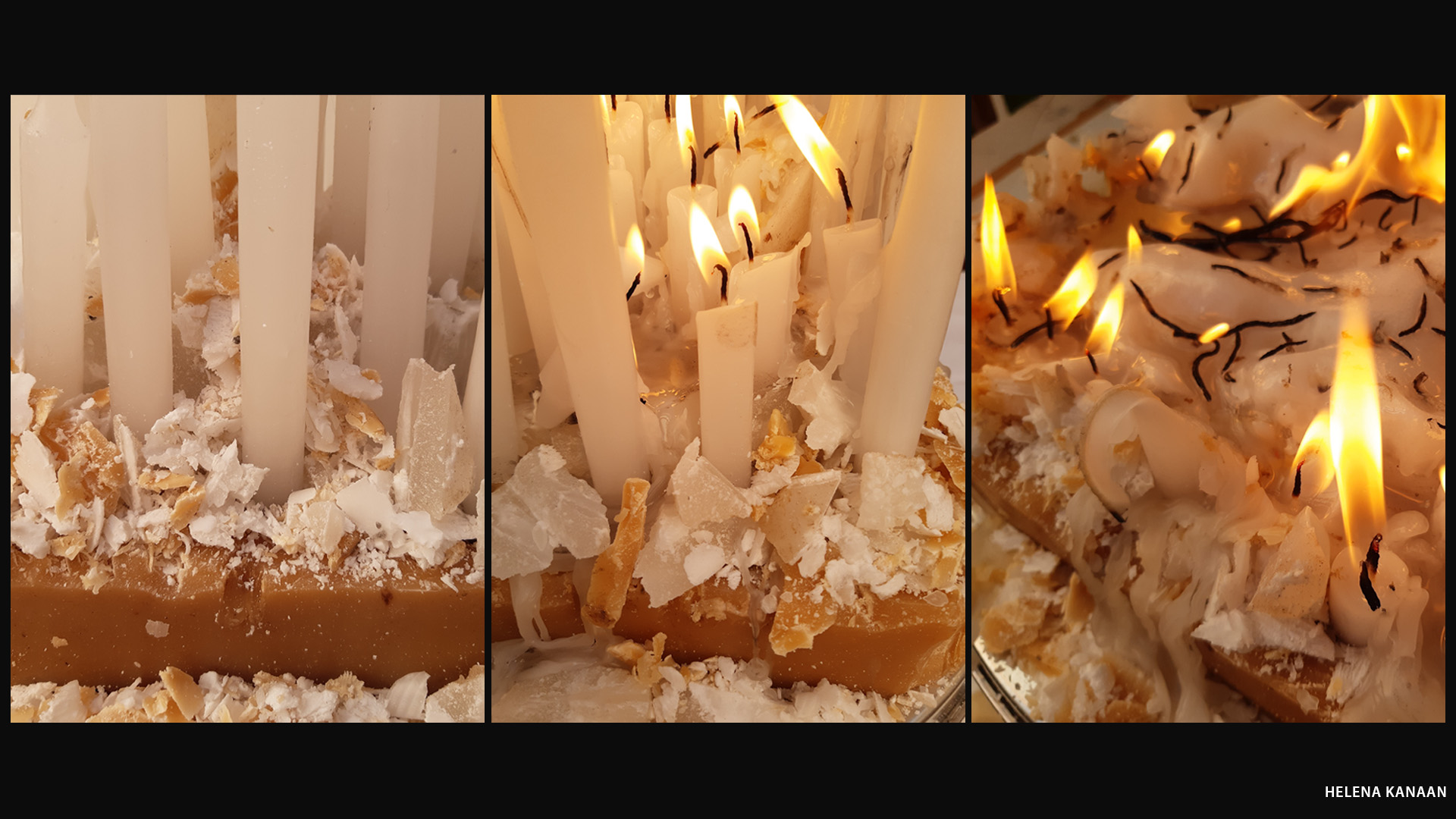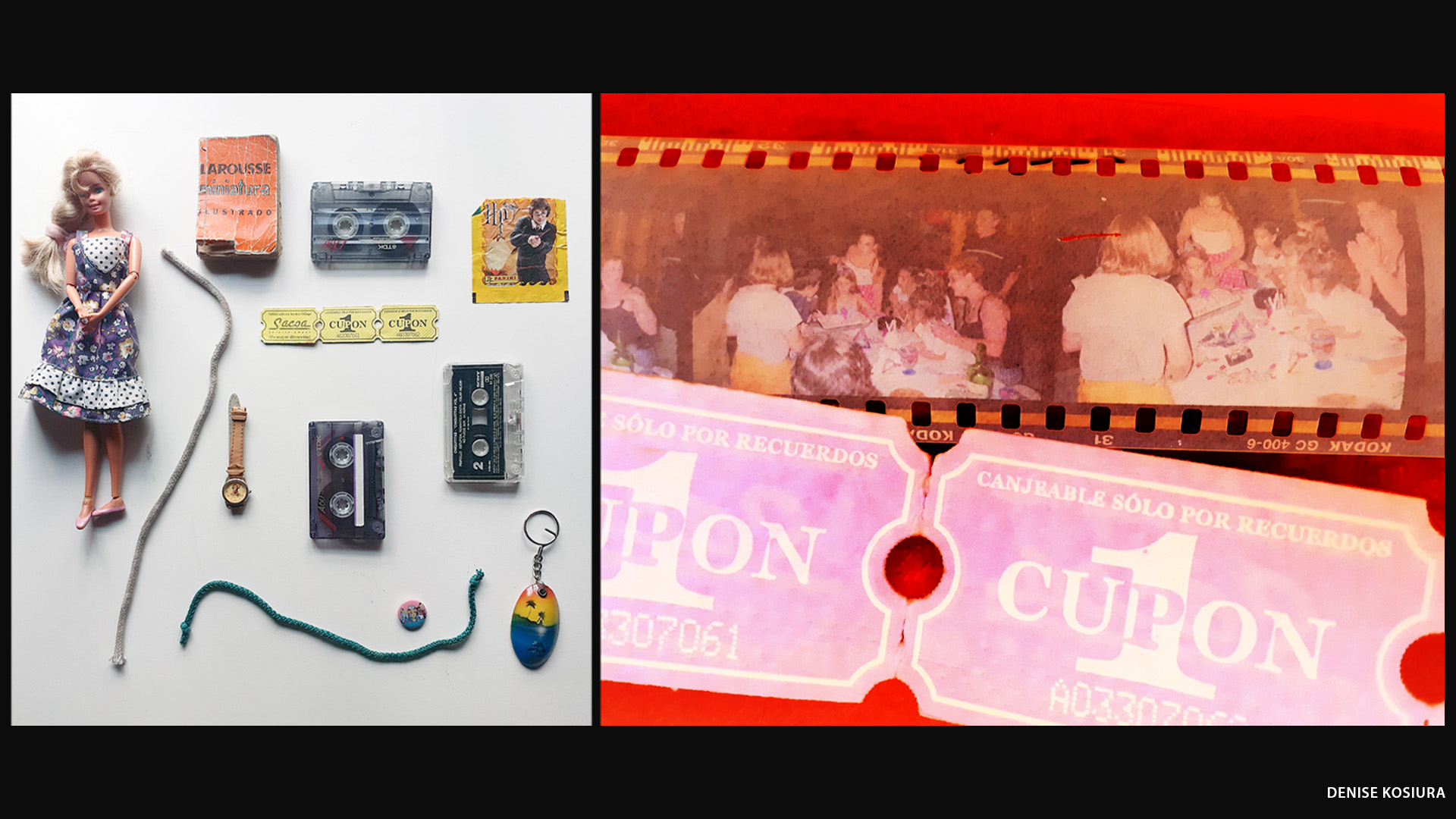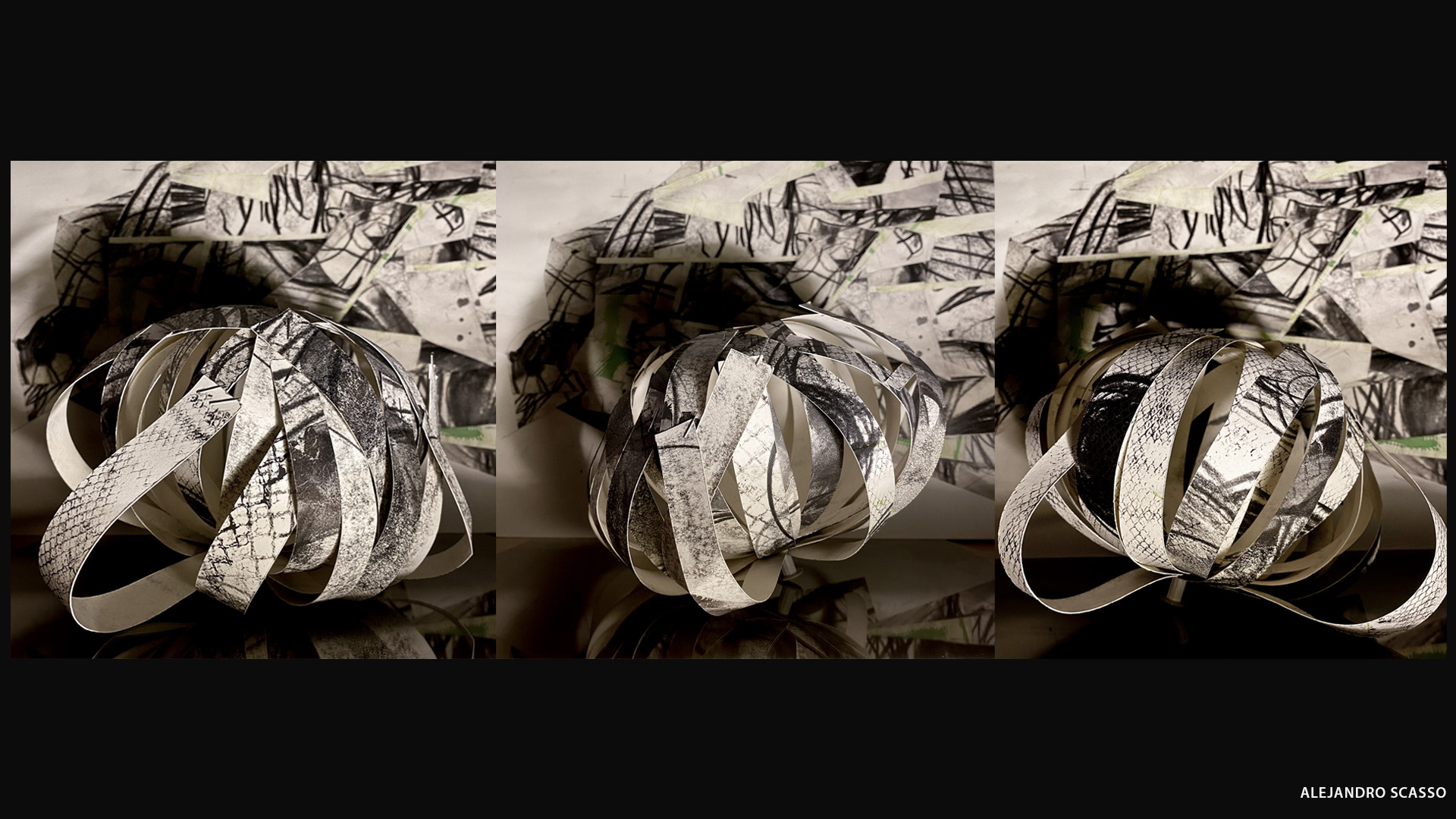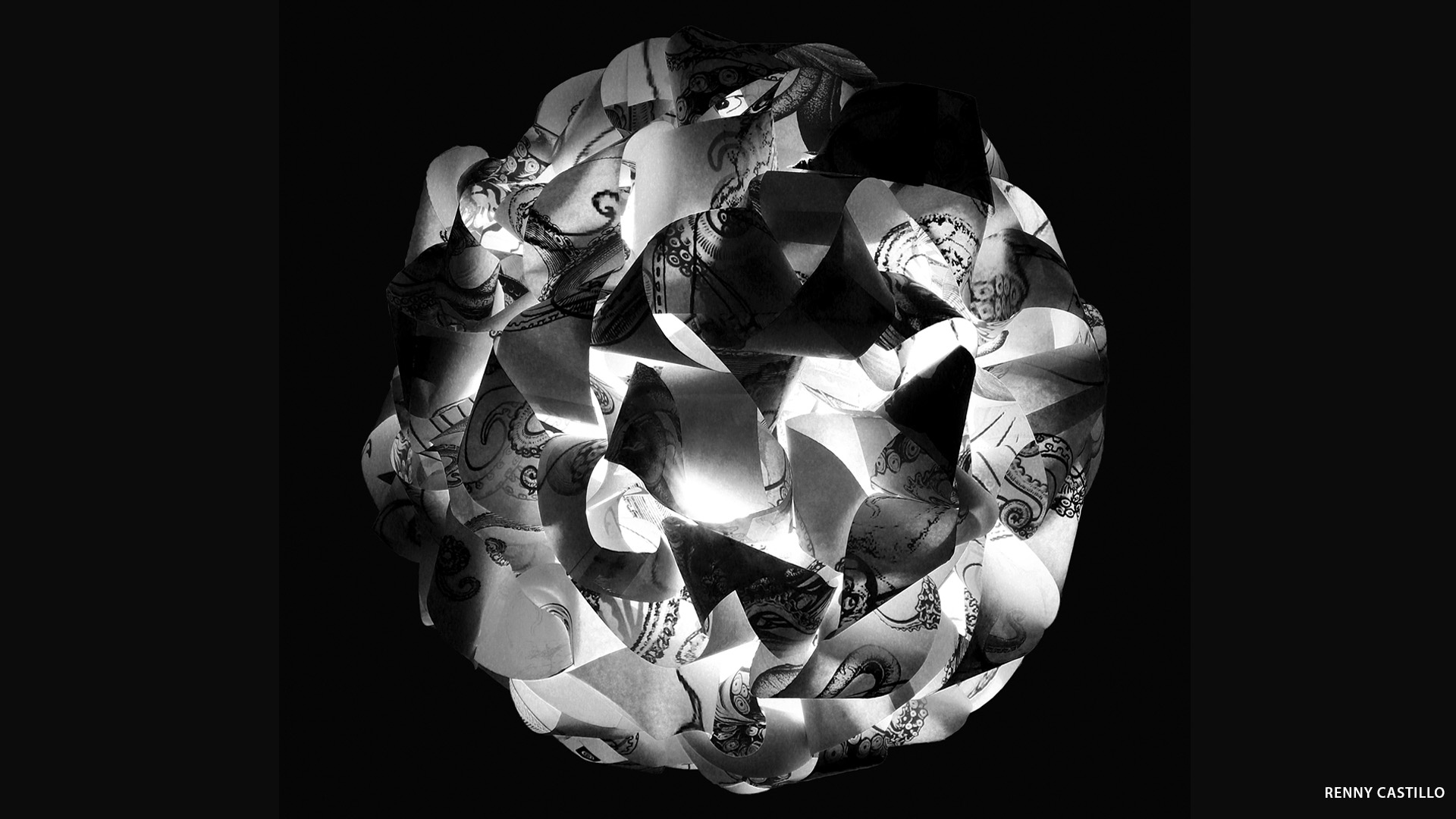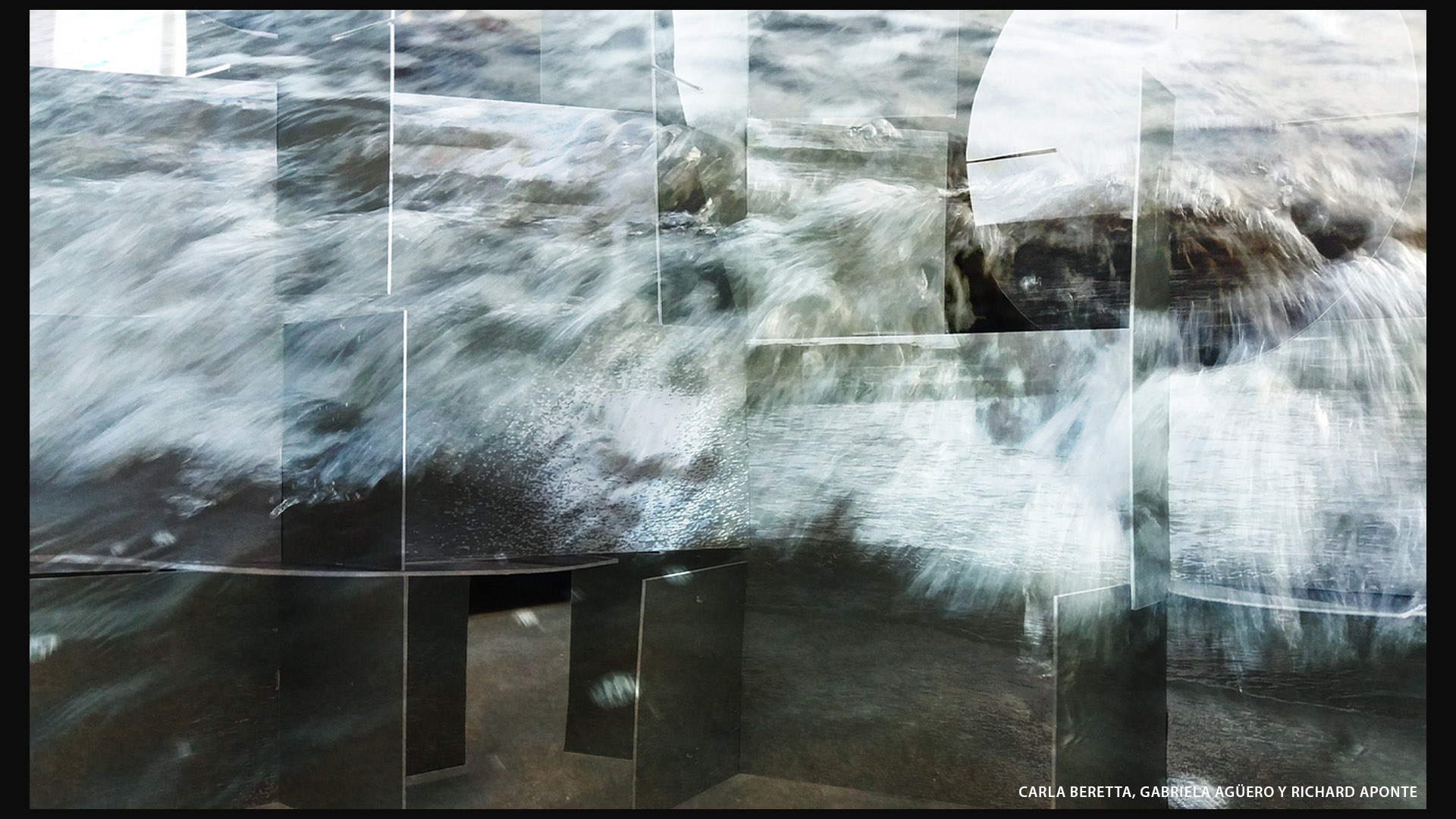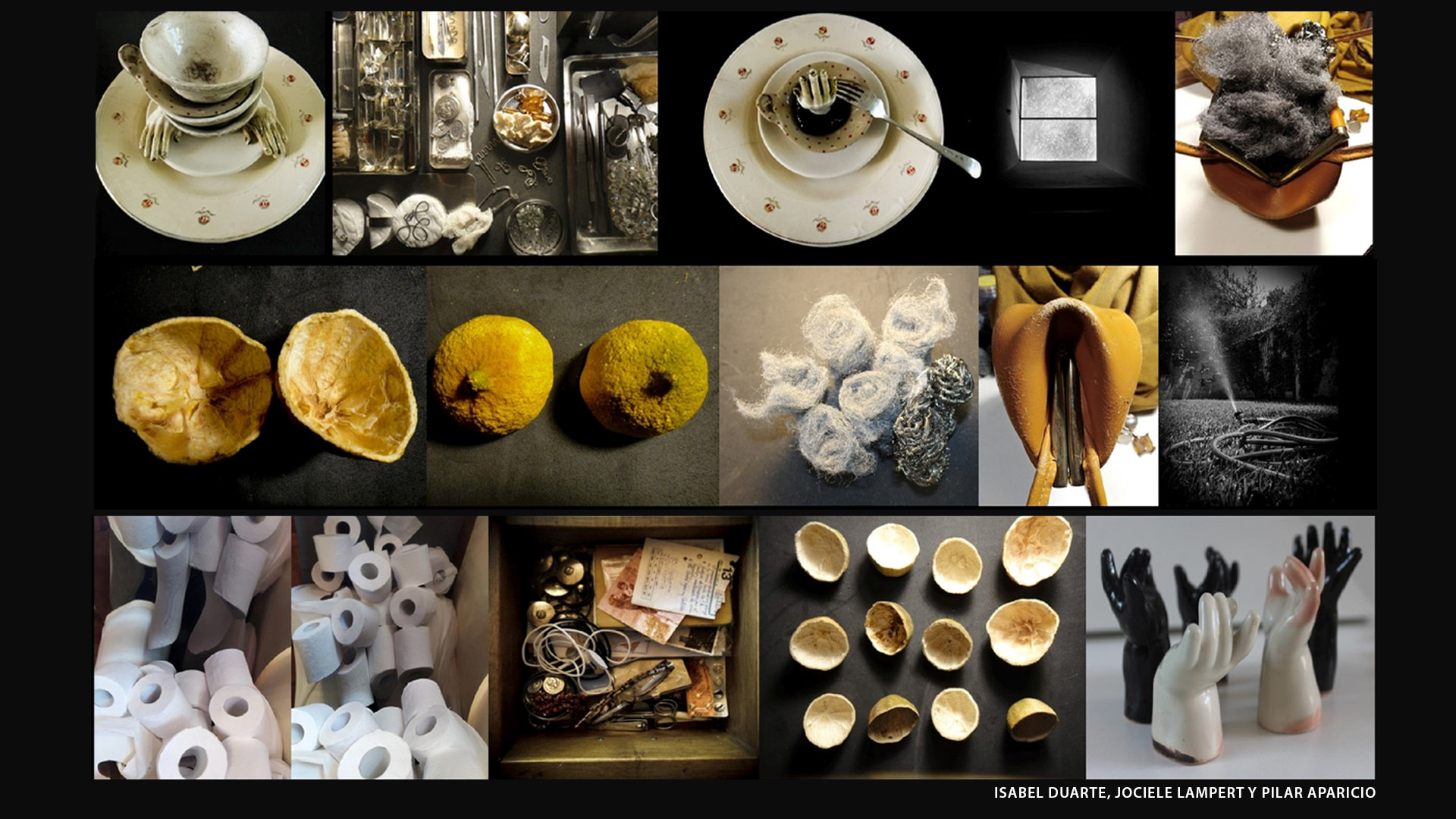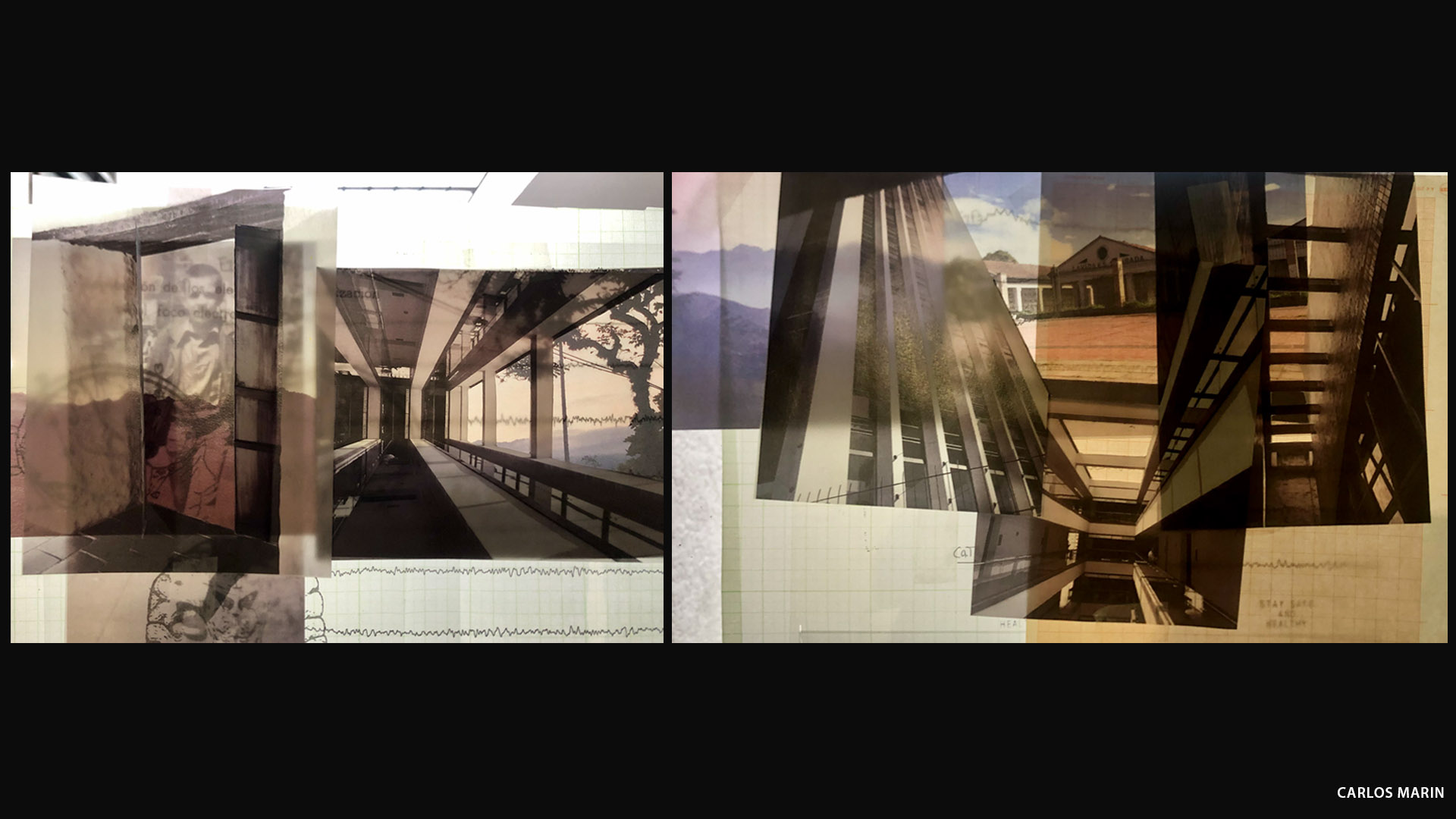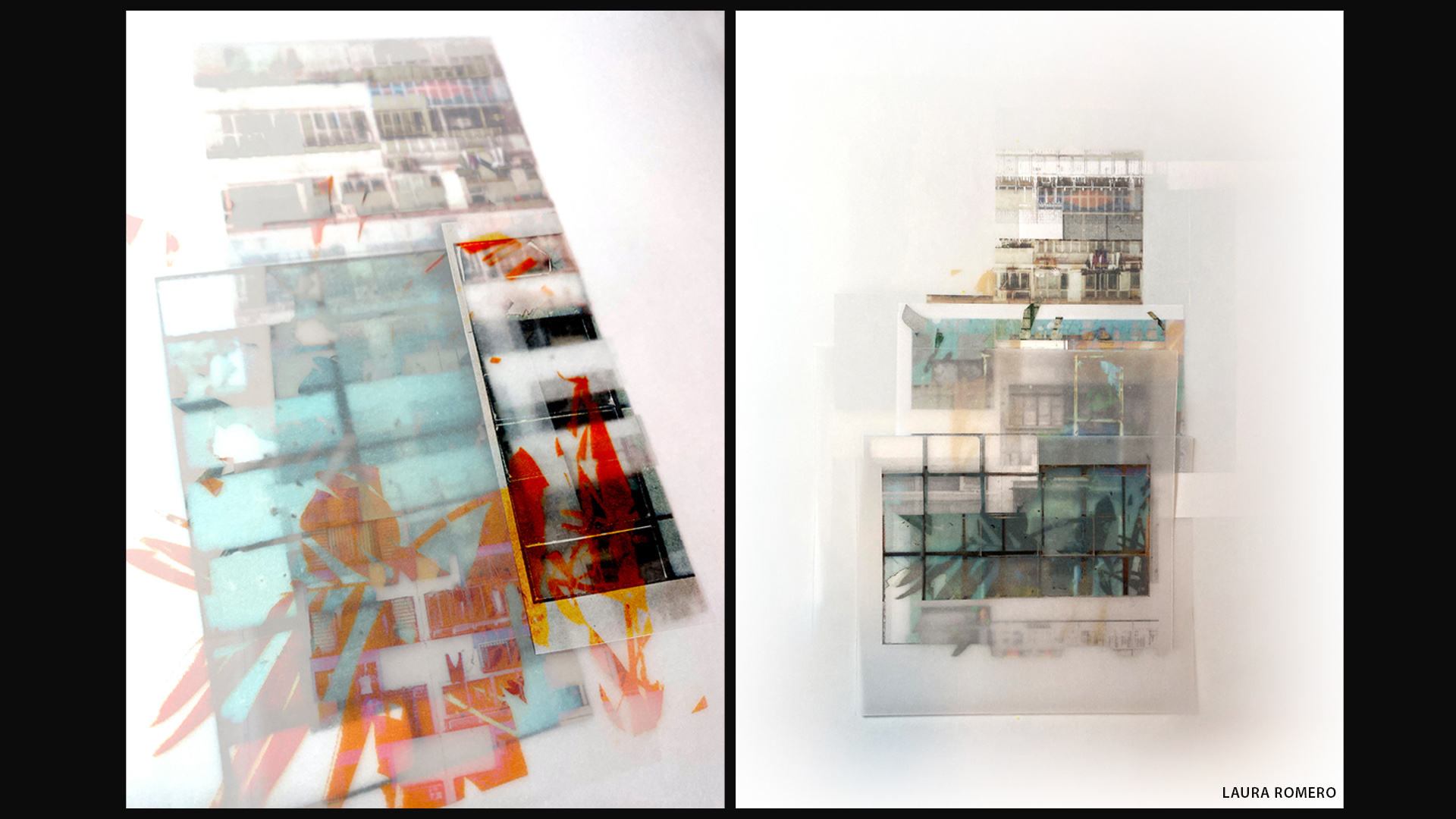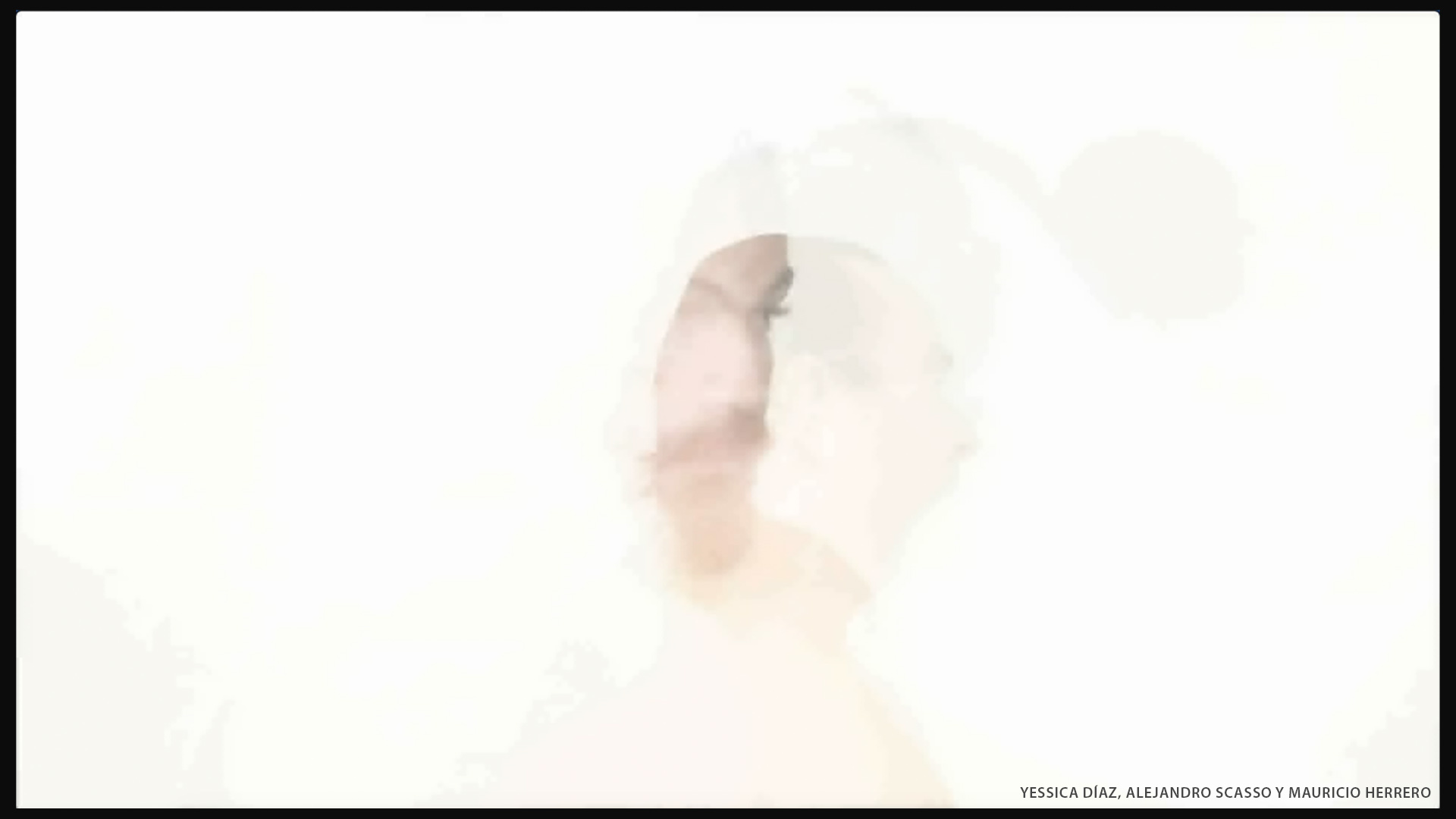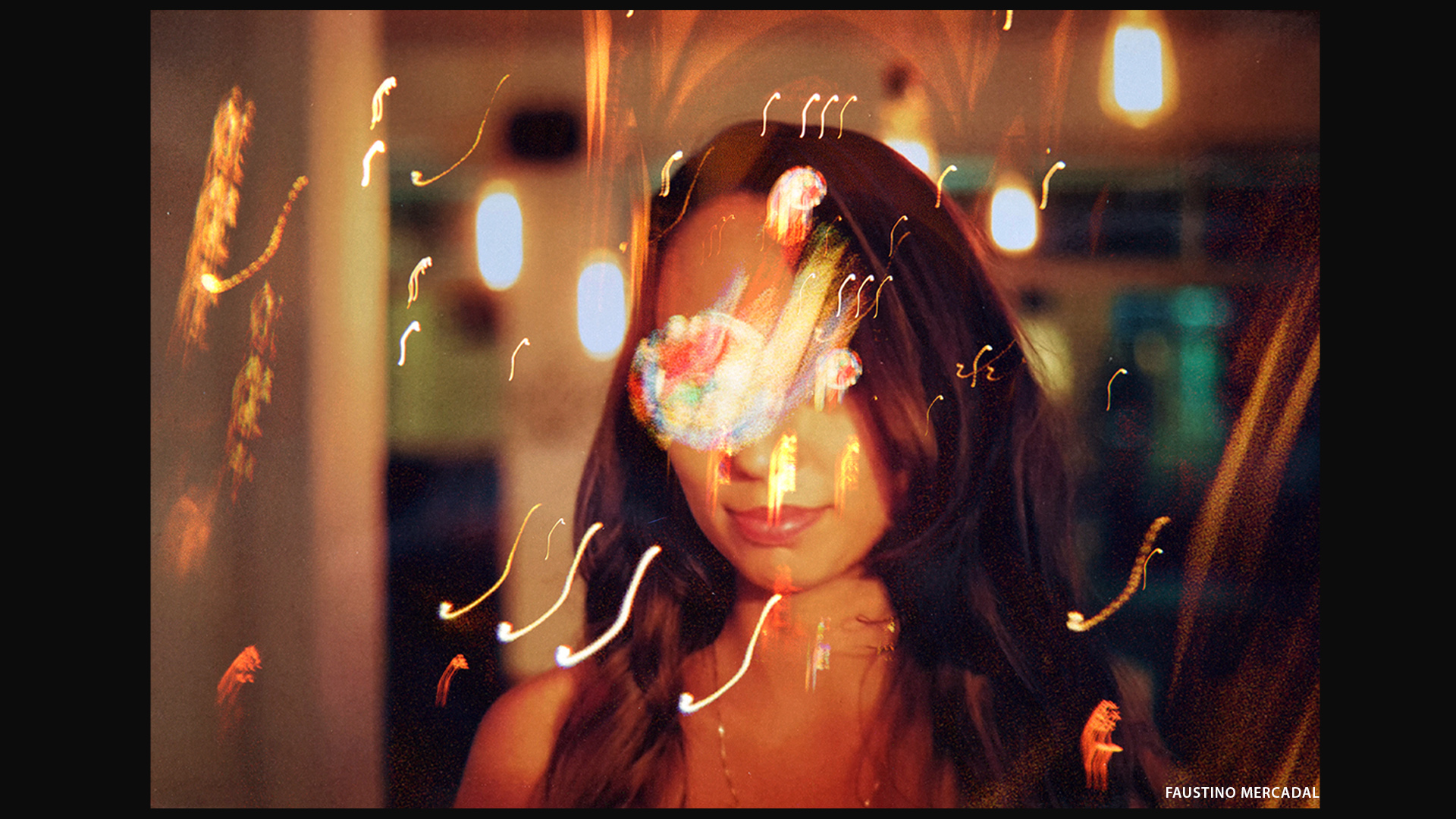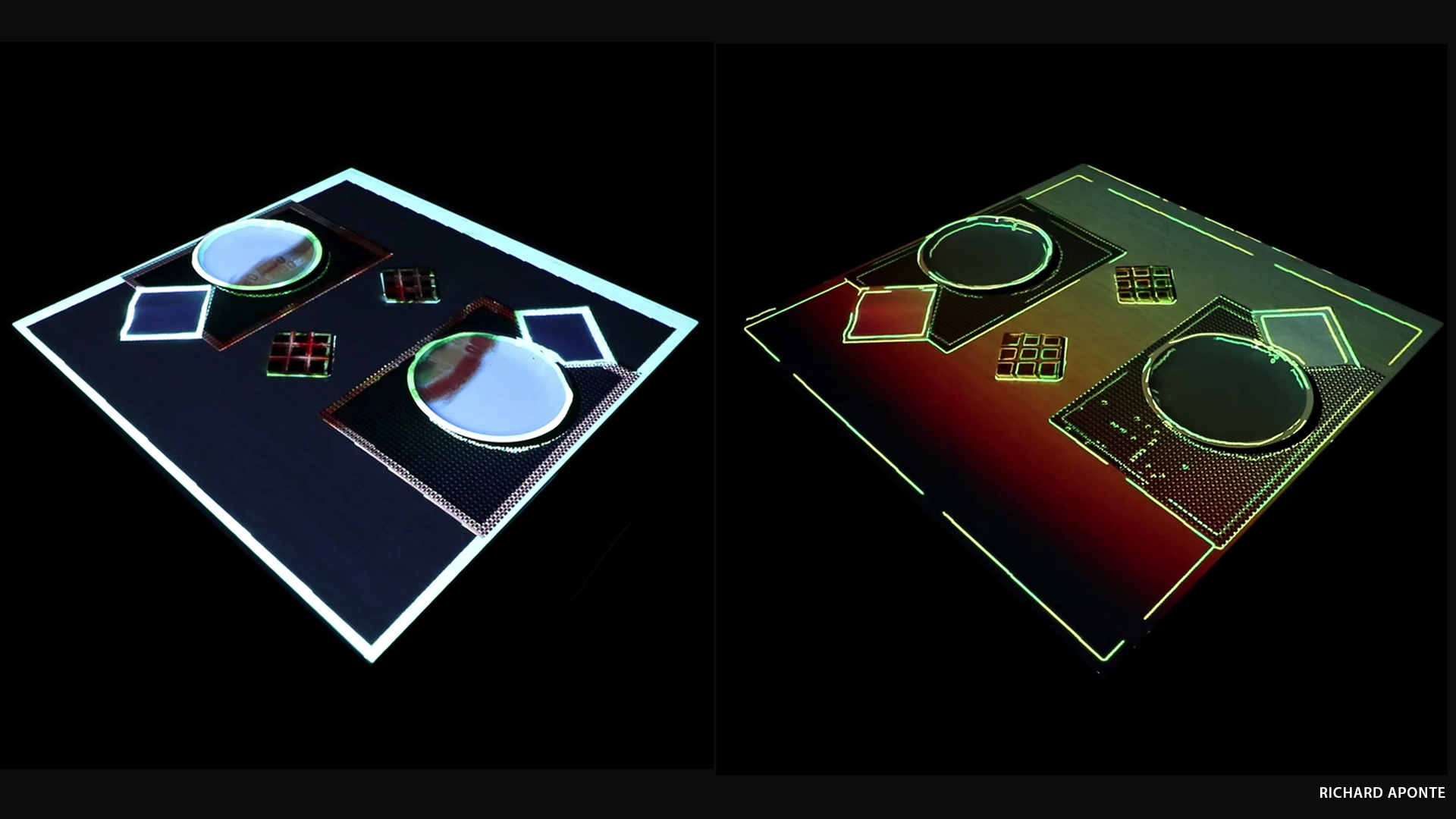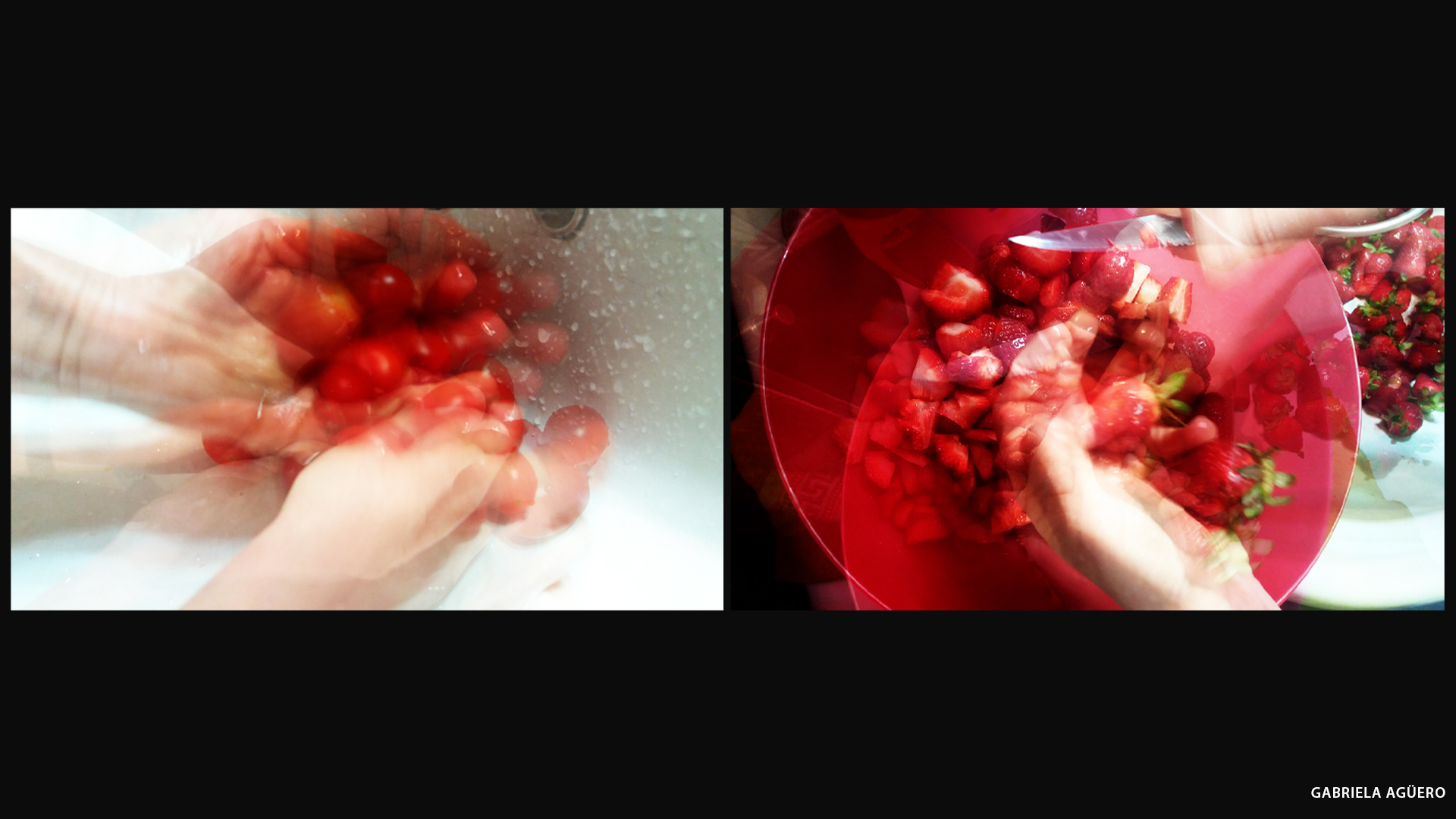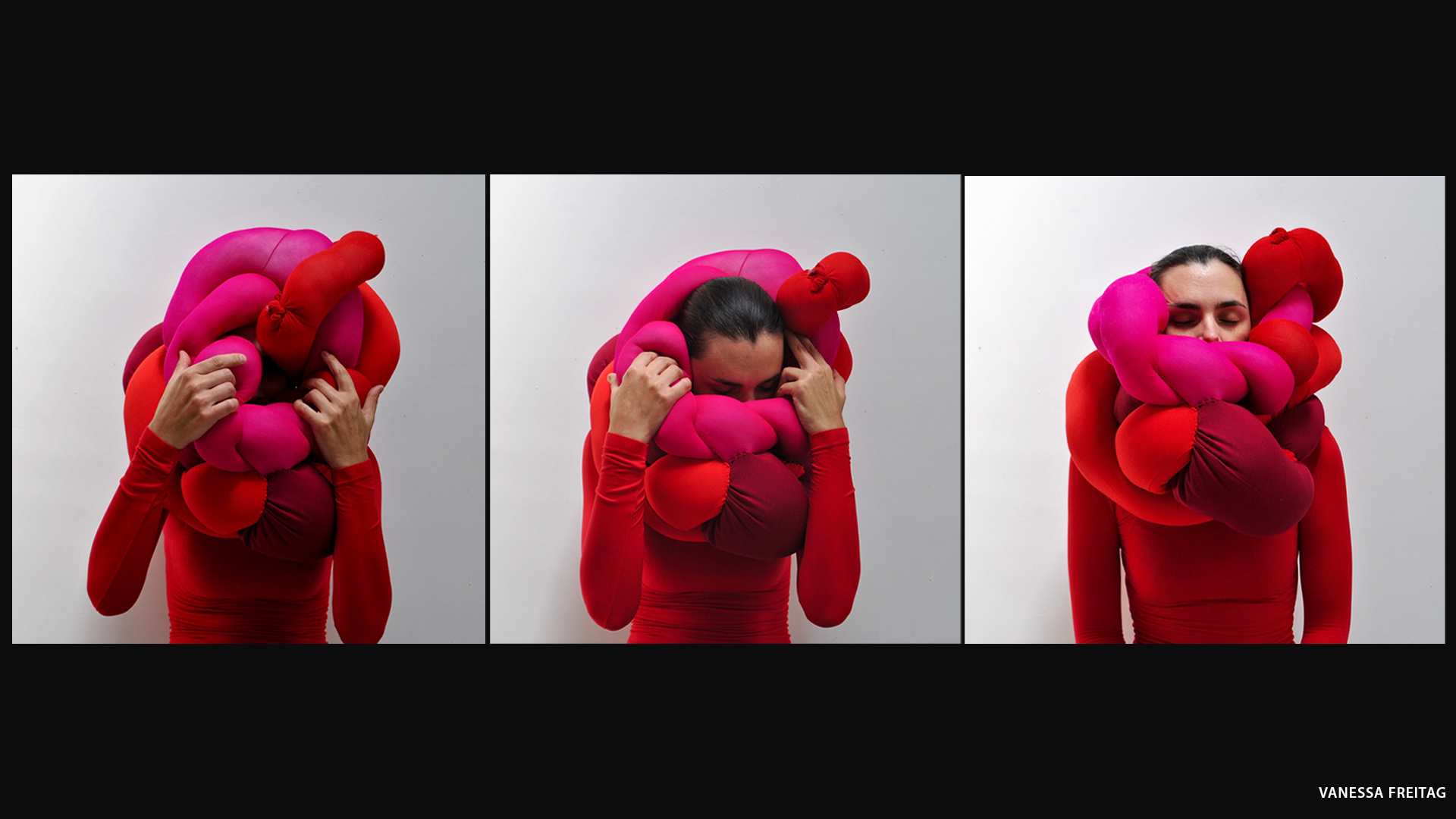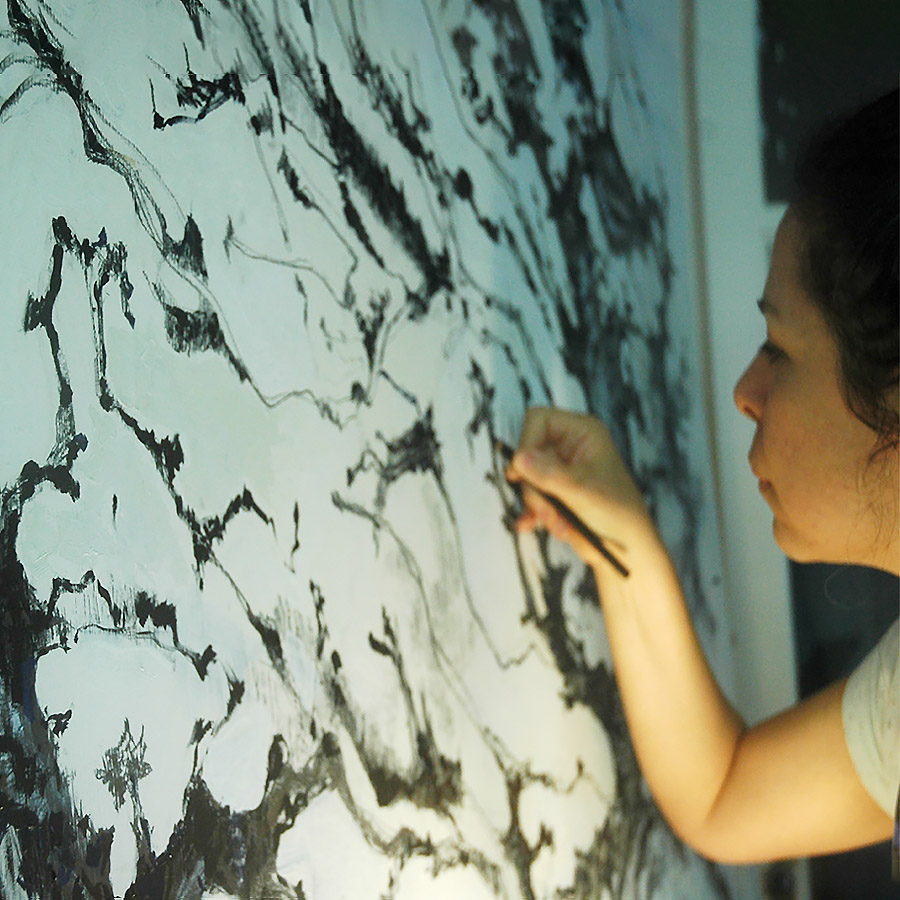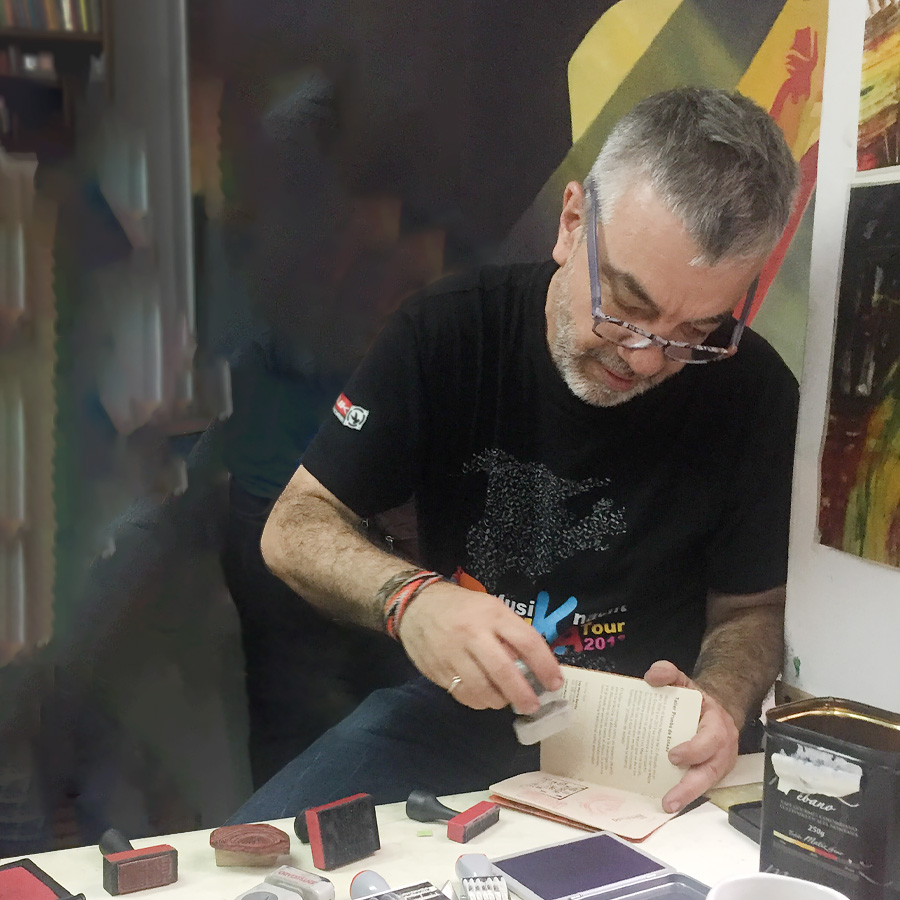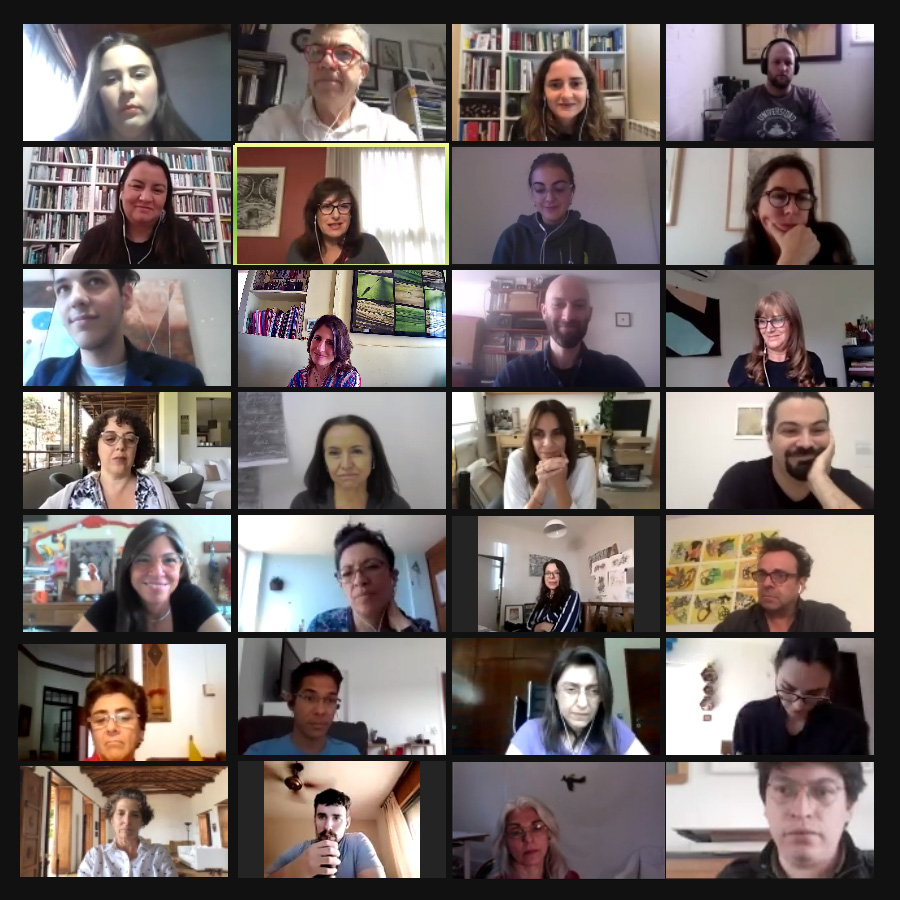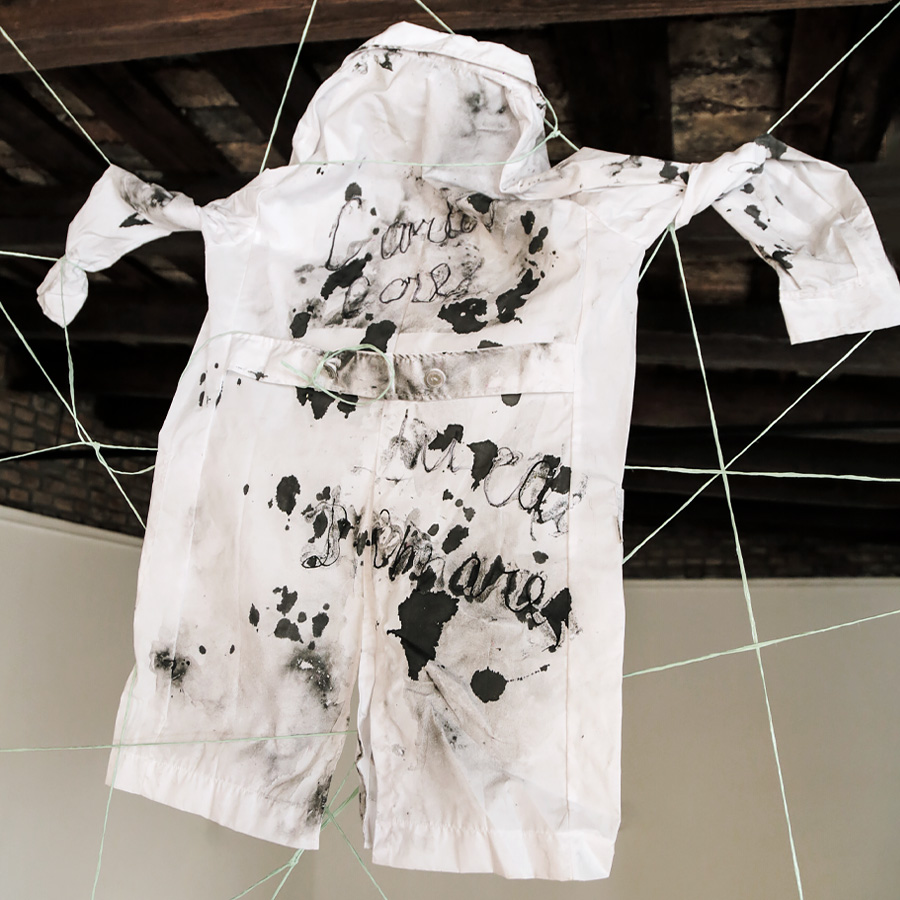Artists
Argentina
Alejandro Scasso
Together Apart: #Nest
14.10.20 04.11.20
The disjunction between the geometric and the biomorphic, the fact that one form disappears in another is the constant search for an antagonism between the pictorial and the non-pictorial, inquiring into an inherent genetic code of calligraphic signs.
The metaphor of the body, be it social, political or even biological is present in my work. More than an abstraction, it is an idea of other realities. A viral space and other ways of thinking about painting.
ALEJANDRO ABOUT TOGETHER APART: NEST
My experiences with ´ace have always been wonderful, enriching both for their professionalism and human group that make up this organization, which led me to inquire at Nest. A word that at first imprint I found motivating from its organic form that triggered the metaphor of the subconscious and from there a network of concepts was unleashed to delve into the theme of the virus from which I have been working since 1995.
The transformation, a skin left, unfolds on the wall. Skin deployed a network printed on drawings that I made more than 10 years ago. From unfolding comes retreating from danger. A trigger movement of a series of drawings, a “folded skin” forming some drawings with volume in which I want to continue investigating.
Our third disturbance job we did a performance in which our heads turned and with the Live Zoom tool we read a series of words of emotions that crossed us in this October 2020 generating a mantra of a reality of confinement.
BIO
Alejandro Scasso
1964 | Argentina
Lives and works in Cologne, Germany
STUDIES
1984 | National Master of Drawing, Manuel Belgrano School of Fine Arts, Buenos Aires, Argentina
1986 | Photography, Escuela Superior de Bellas Artes de Cine Avellaneda. Buenos Aires, Argentina
1986 | Ernesto de la Cárcova School of Fine Arts, Buenos Aires, Argentina
1995 | Fabrizio Plessi digital scenography seminar. Kunsthochschule für medien Köln, Cologne, Germany
EXHIBITIONS
2013 | Fragments and ruptures, San Martín Cultural Center (Individual)
2013 | Enredados, works on paper, USAL Universidad del Salvador (Individual)
2014 | Buenos Aires South Art Gallery (Individual)
2014 | Crossover, Kansas City-Buenos Aires ´ace Project
2015 | Contemporary Drawing, Lozza Museum, Alberti
2015 | Continuous ruptures, Casa Matienzo (Individual)
2015 | Museu da Gravura em Bagé, Brazil
2015 | Dialogue Cycle, Modes Gallery
2016 | Galerie Mülheim an der Ruhr, Germany (Individual)
2017 | Galerie Aliv. 456 Essen, Germany (Individual)
2017 | City Bank, Buenos Aires (Individual)
2017 | Embassy of Brazil. Buenos Aires Wanderings: between engravings and rhinos
2017 | Argentine Consulate, Bonn, Germany
2017 | Situations photographies, Gallery AXART, Drummondville, Québec, Canada (Individual)
RESIDENCIES
2012 | Production residence, Project ´ace, Bs As, Argentina
Related Activities
Exhibitions, Together Apart
#2 | NEST: results
Artists in dialogue
09.12.20
During 2020, we carried out the first two sessions of Together Apart. The first session took as a conceptual and practical framework the REFUGE and the second, the NEST. Through those starting points, both of which refer to caring atmospheres and structures for coexistence, we were able to think and create in a wide variety of directions and layers. We reflected on our pandemic context, a situation for which we had to find ourselves in the virtual non-space, but also a situation thanks to which people from many different countries were able to work simultaneously. Assuming this complex situation, more than 20 participants per session created new pieces –some in exercise format–, took up projects that they had already worked on in the past or collectively set out to create new projects that will continue to develop beyond the scope of our meetings. This exhibition, virtual as well, reflects what the artists produced during this program.
CURATORIAL ESSAY
by Daniela Ruíz Moreno [Curator-in-residency]
Taking these refuge and nest issues also in their complexity, we asked ourselves questions that made each of the participants involve their personal experiences, memory, memories and experiences from each of their territories. We addressed questions that sought to keep us in constant movement; at times we went through very optimistic or pessimistic visions about the possibility or necessity of having a shelter or a nest, and at other times, we were able to articulate more complex visions, enduring in intermediate and liminal states. For both, we took as a theoretical structure of support and dialogue the thought of Félix Guattari presented in The Three Ecologies (1989). His ethical-political approach that highlights the molecular domains of sensitivity, intelligence and desire, as well as his articulation of the three ecological registers (environment, social relations and human subjectivity), helped us to expand our creations and thoughts in relation to shelter and nest.
During the second session –nest– the gaze towards natural structures was also very present. We watched and learned about different types of nests made by birds or protective structures for other animals. We thought of the house and the workshop as nests. The diversity in age and origin of the artists allowed a great richness of reflections on different states in relation to the nest. We spoke of nests from the past, nests that we are building in the present, nests that are no longer nests since they oppress or suffocate and of new nests that we imagine or wish to build in the future. Projects were presented that included the use of organic materials, creations with what was available in the workshop, project of shared files, new photographic views on everyday life, new views on the past and even reflections on language as a generator of identity as well as limiting structure. We went through different sensations in relation to the nests, some presented it as an impossible state to reach, others as a space full of melancholy and others, instead, as structures of freedom where we could explore the becoming of existence. Other works presented the feelings of paranoia that can arise when human nests or states of refuge are threatened and the feelings of discomfort when it feels like losing the intimate conditions of a nest.
Together Apart has functioned as a program that opened up possibilities for meeting and collaborative creation. It has made possible the creation of new rhythms and synchronies for a limited time but whose reverberations and echoes continue to affect in unexpected directions.
Related artists
- Gabriela Agüero
- Pilar Aparicio Uribe
- Richard Aponte
- Alejandra Basañes
- Carla Beretta
- Marcela Casals
- Renny J. Castillo Umpierre
- Carmen Díaz
- Yessica Díaz
- Isa Duarte
- Vanessa Freitag
- Camilo Gutiérrez
- Helena Kanaan
- Denise Koziura
- Jociele Lampert
- Cecilia Luque
- Carlos Marin
- Faustino Mercadal
- Laura Romero
- Nerina Rosende
- Alejandro Scasso
